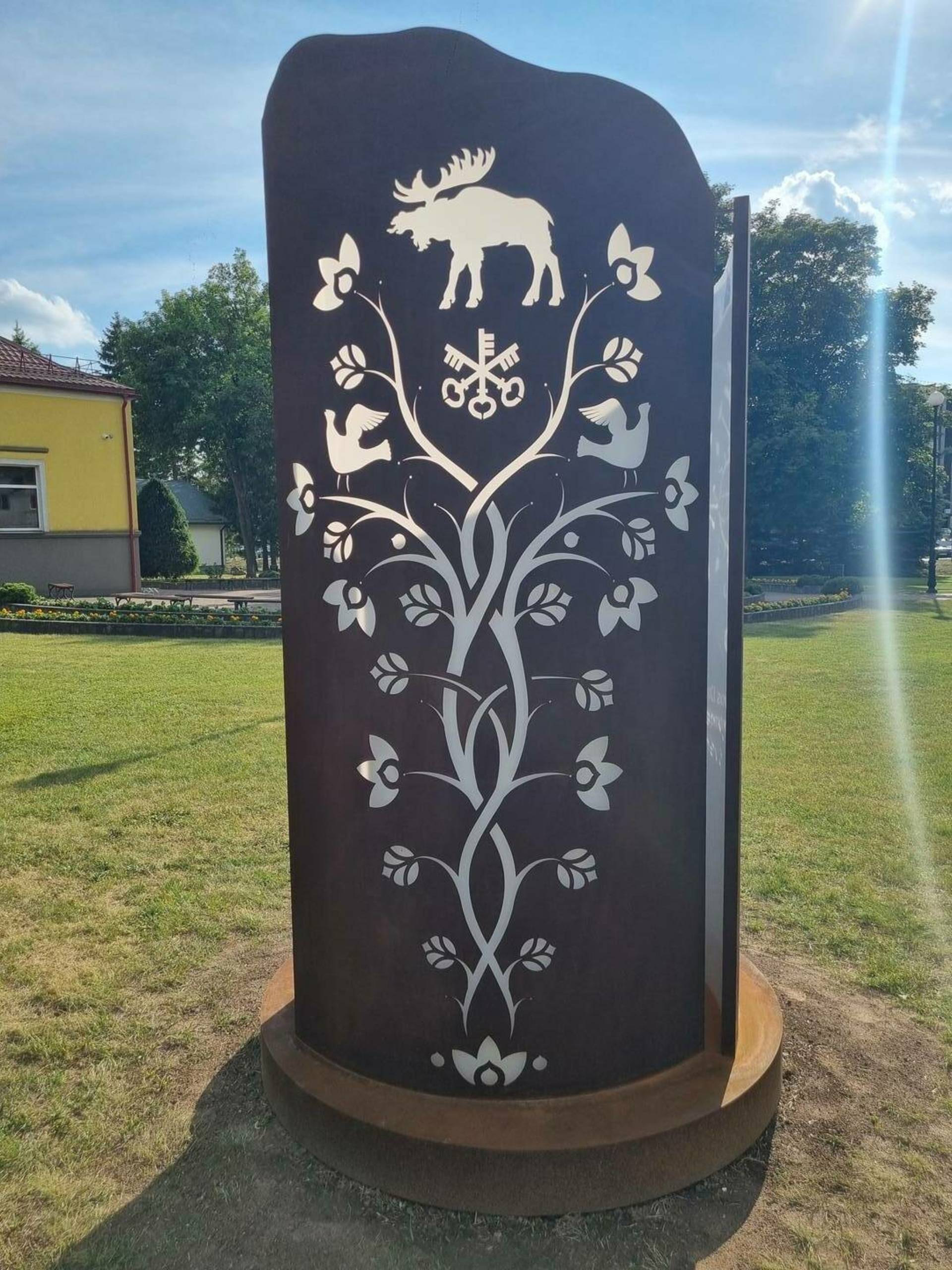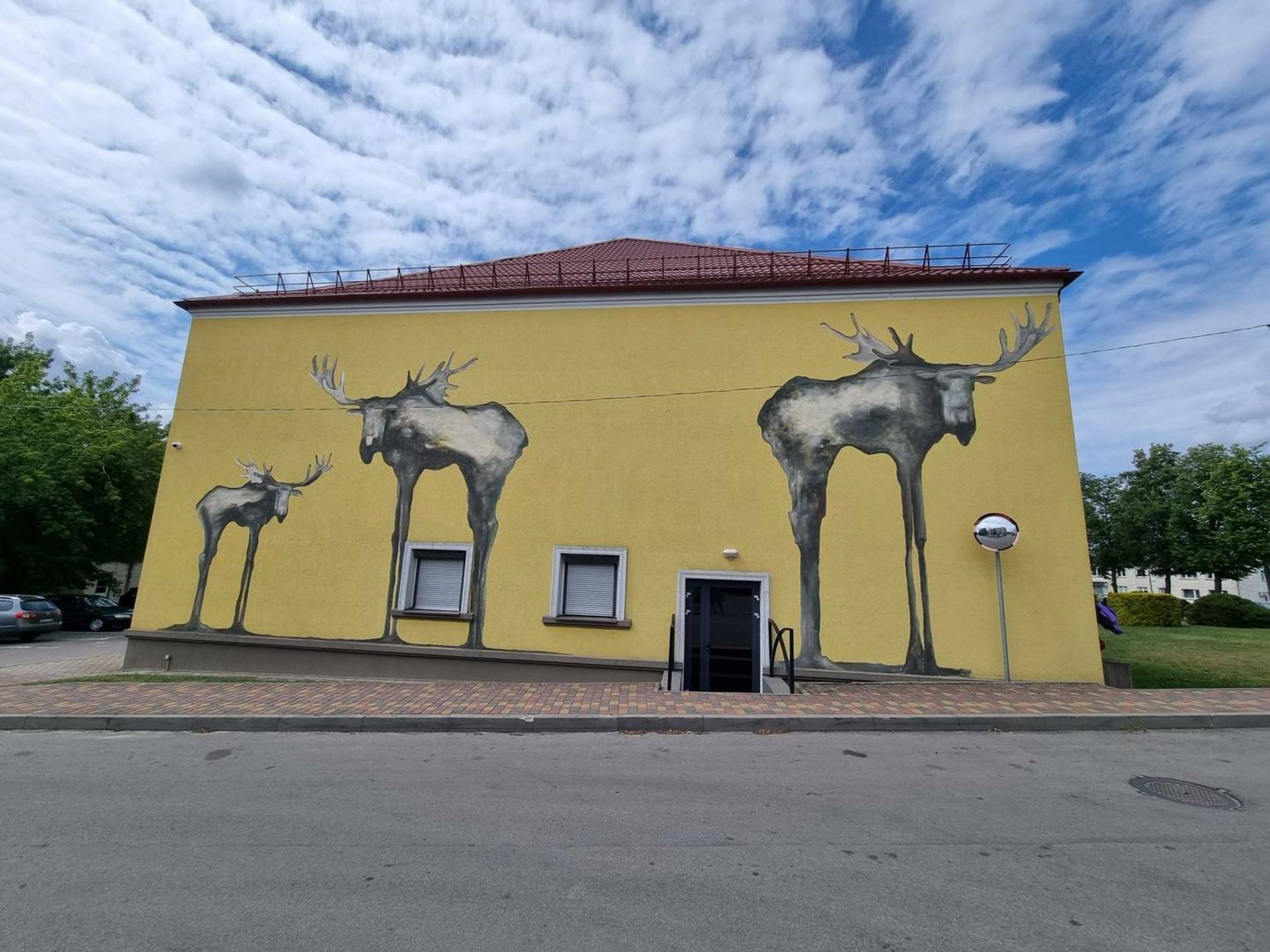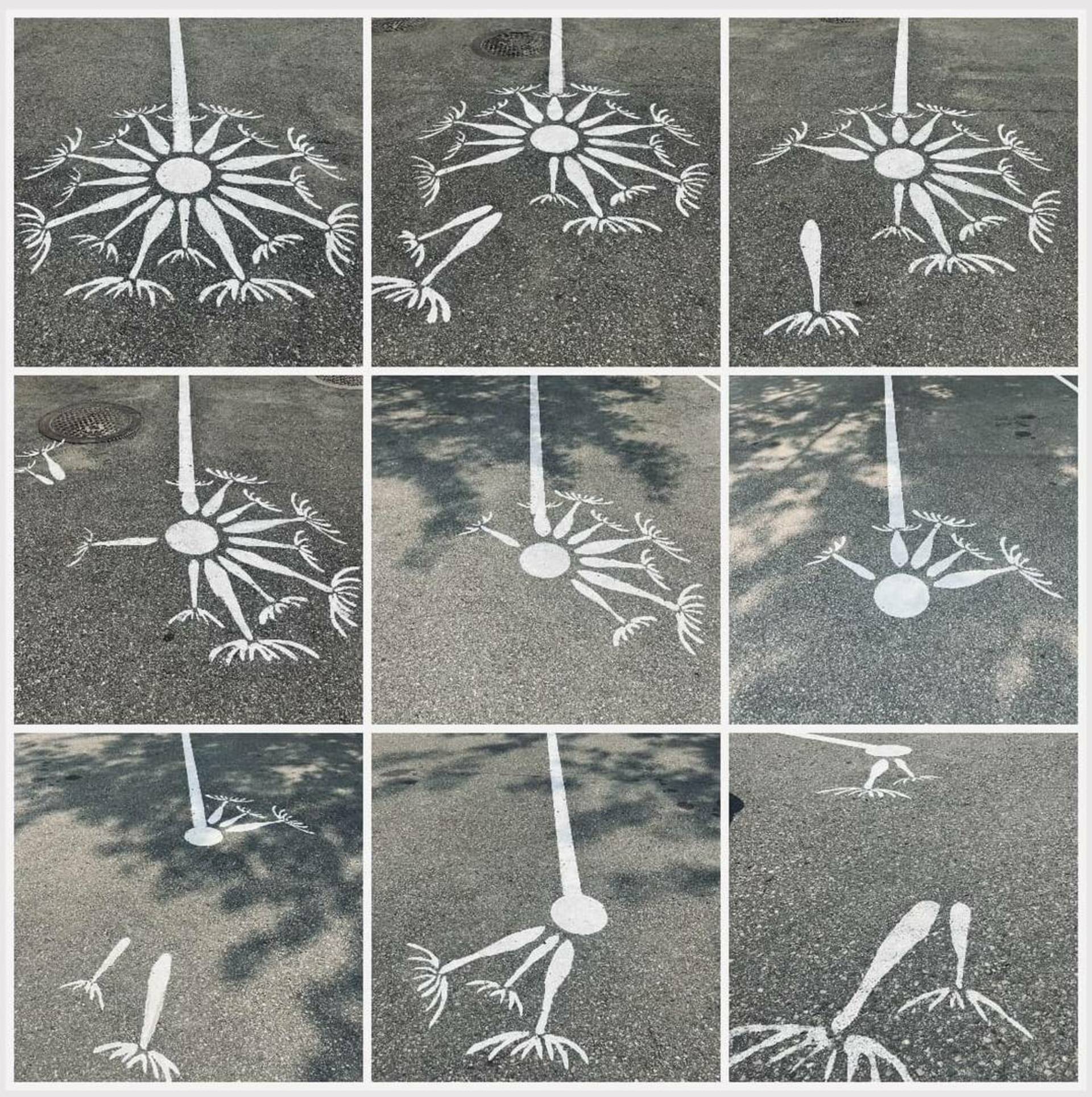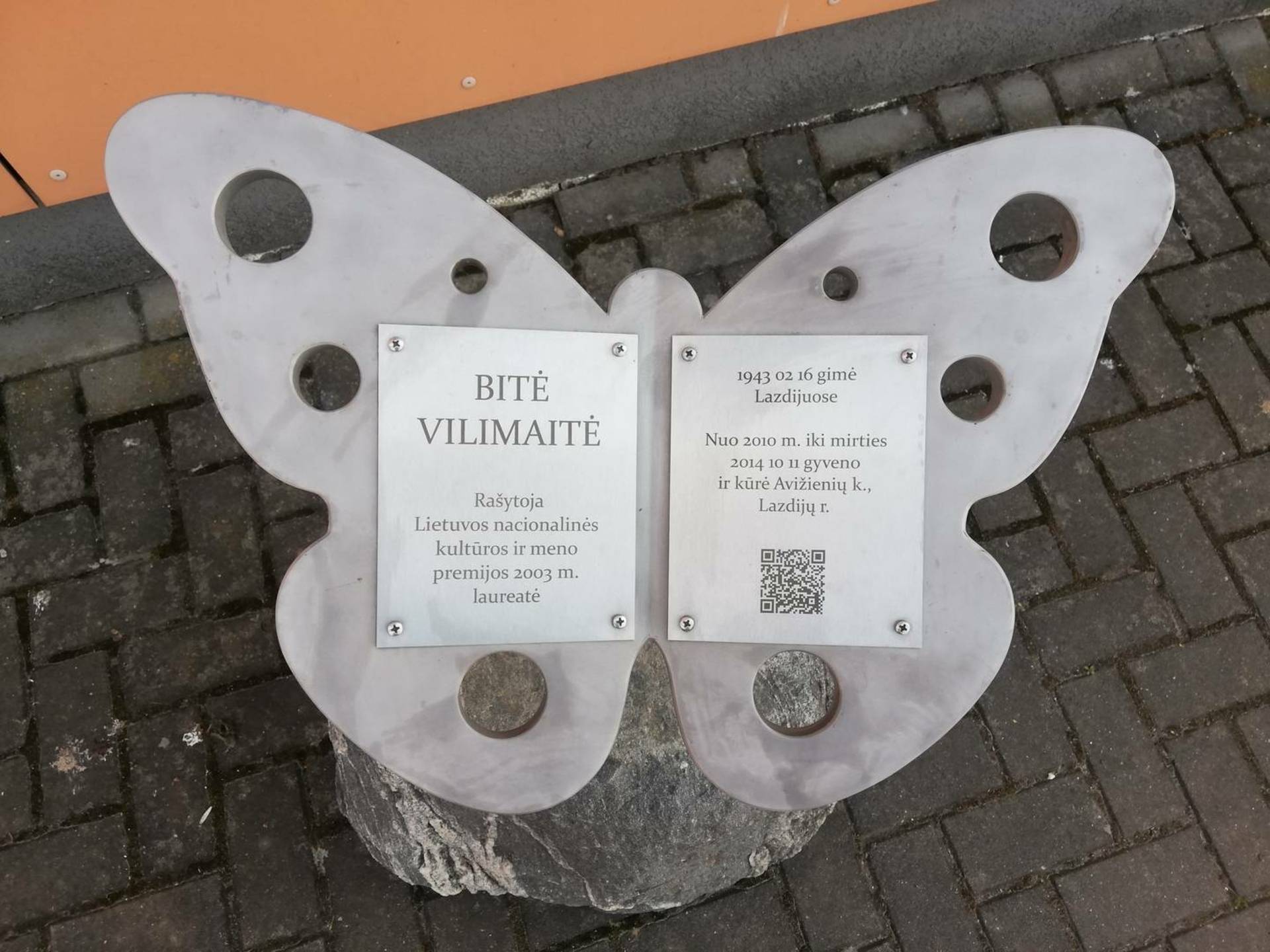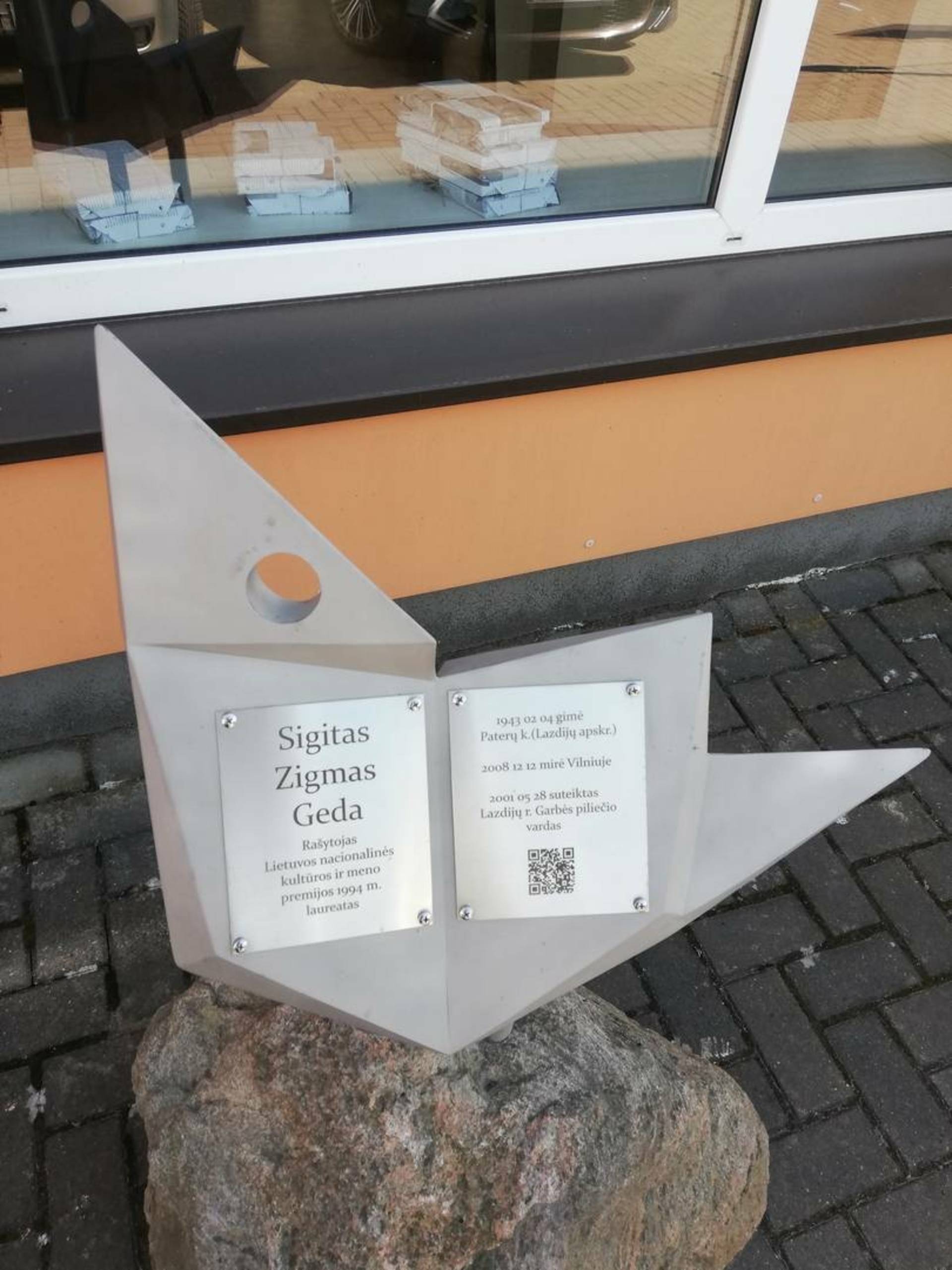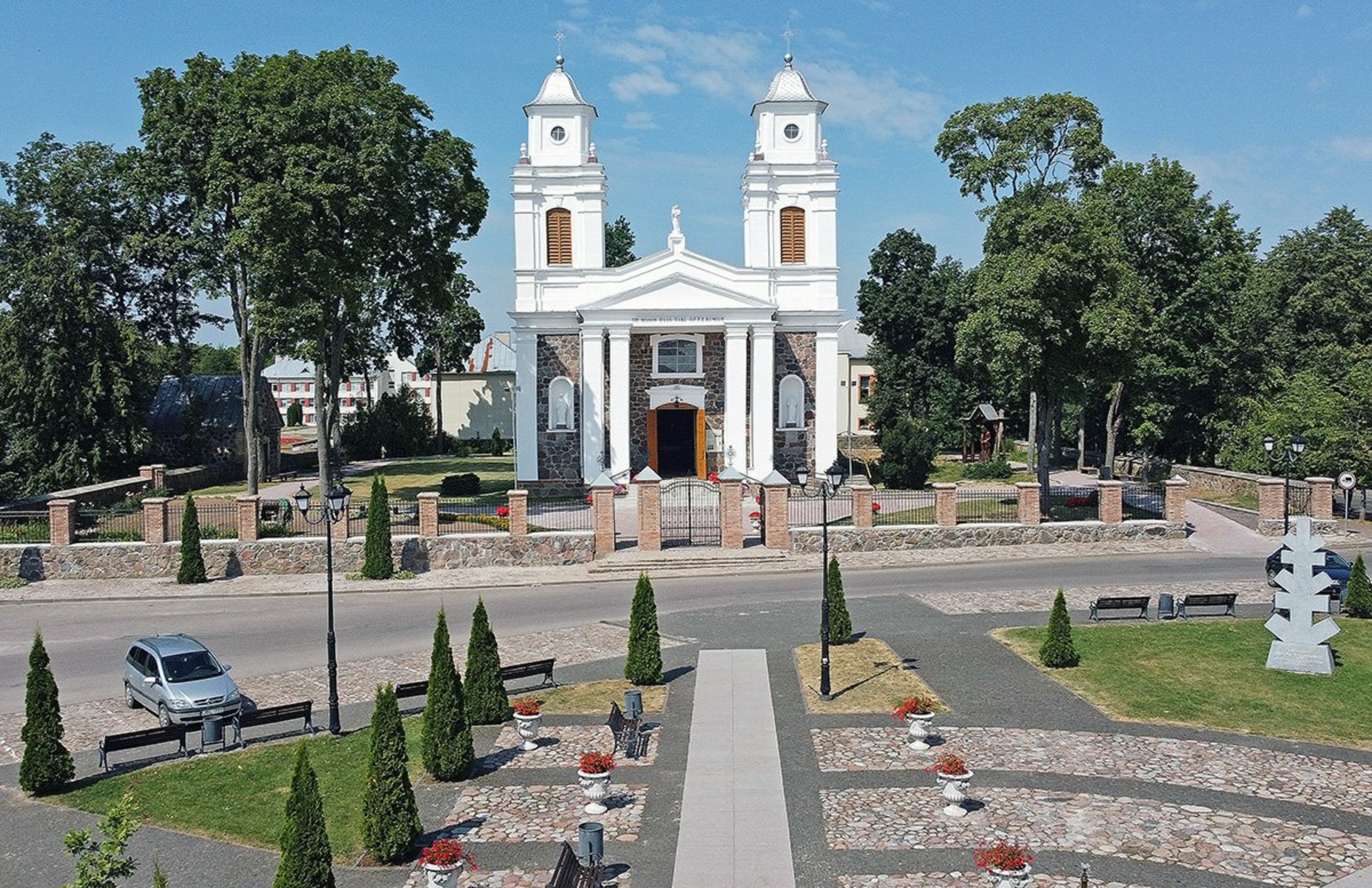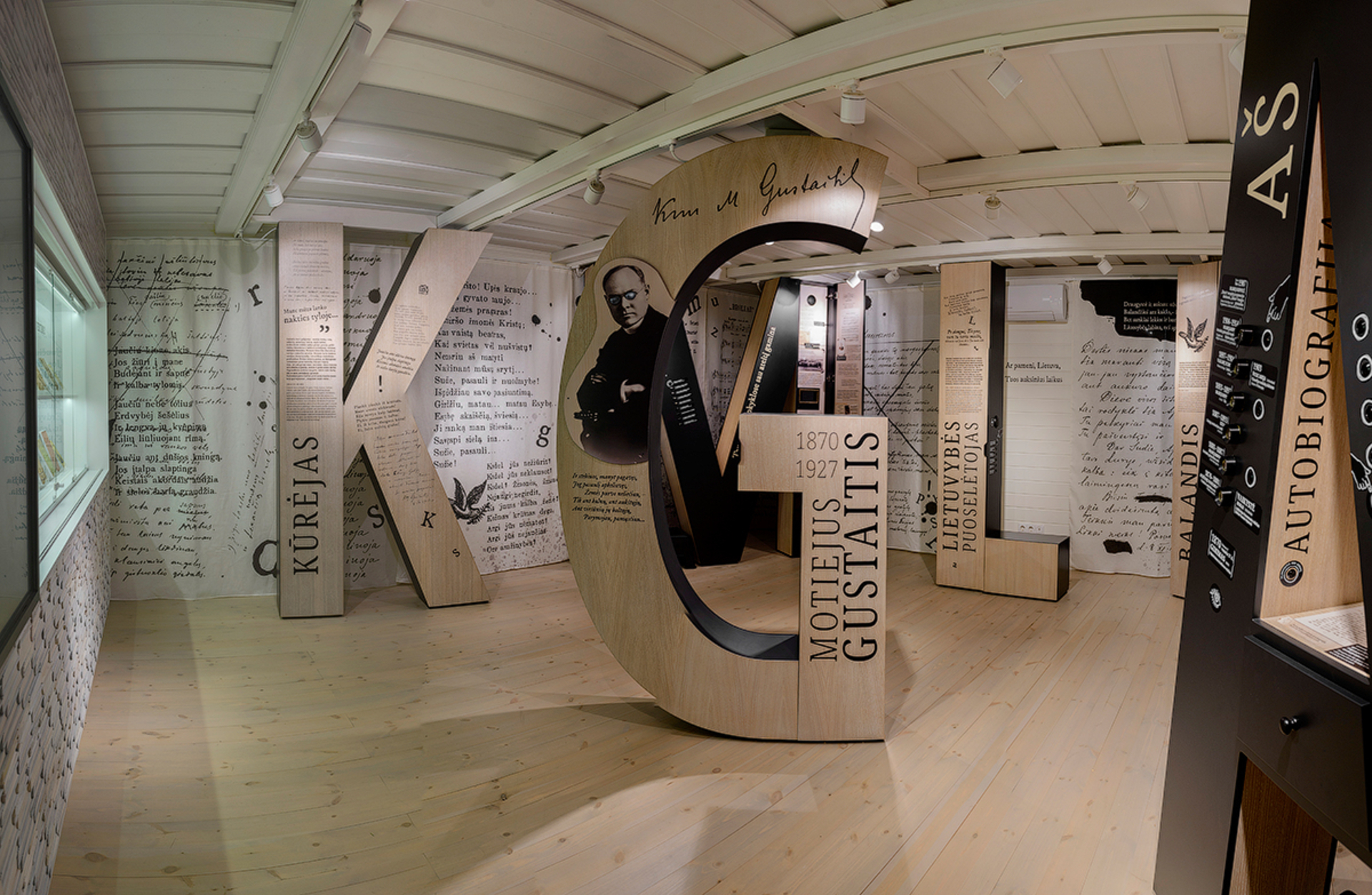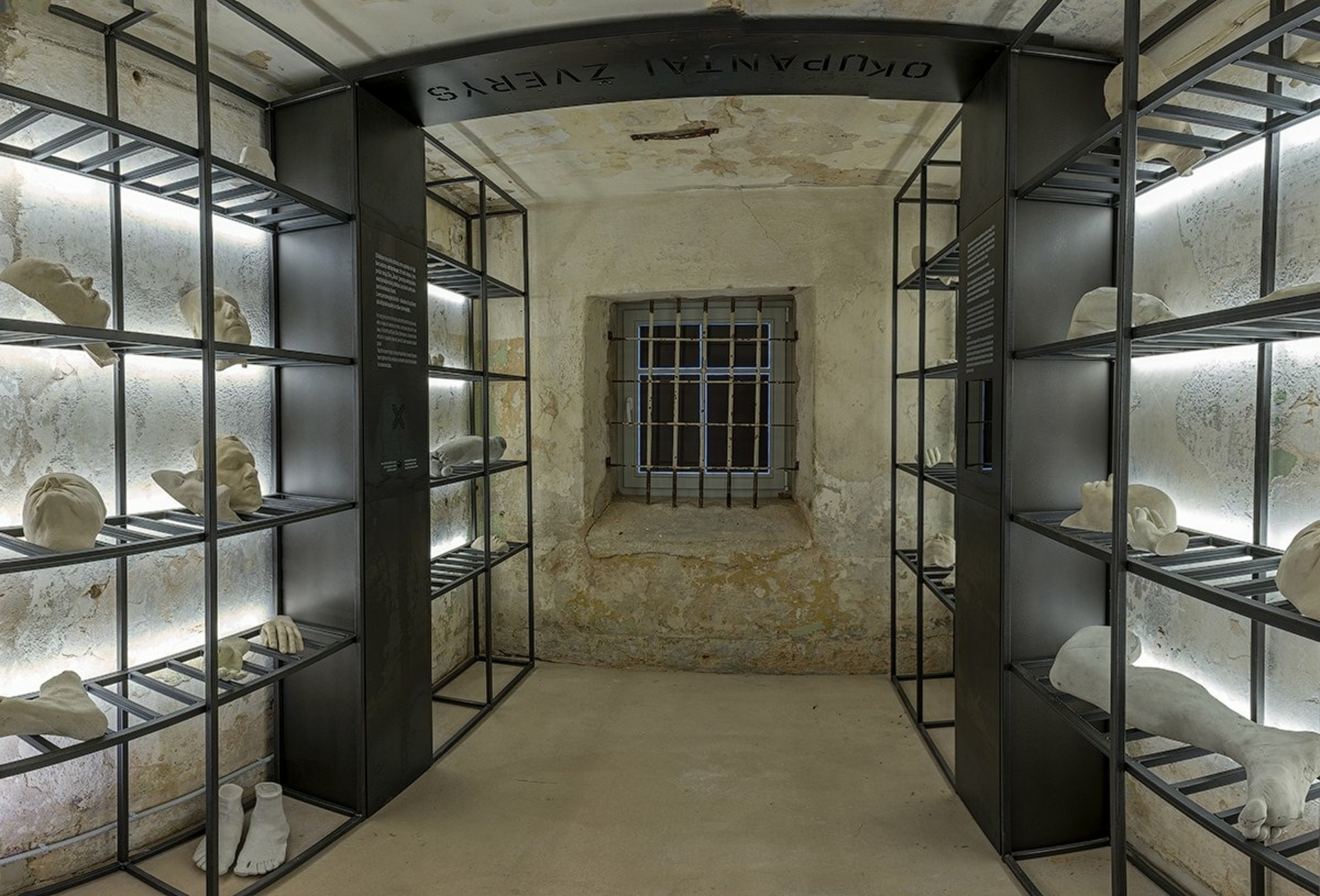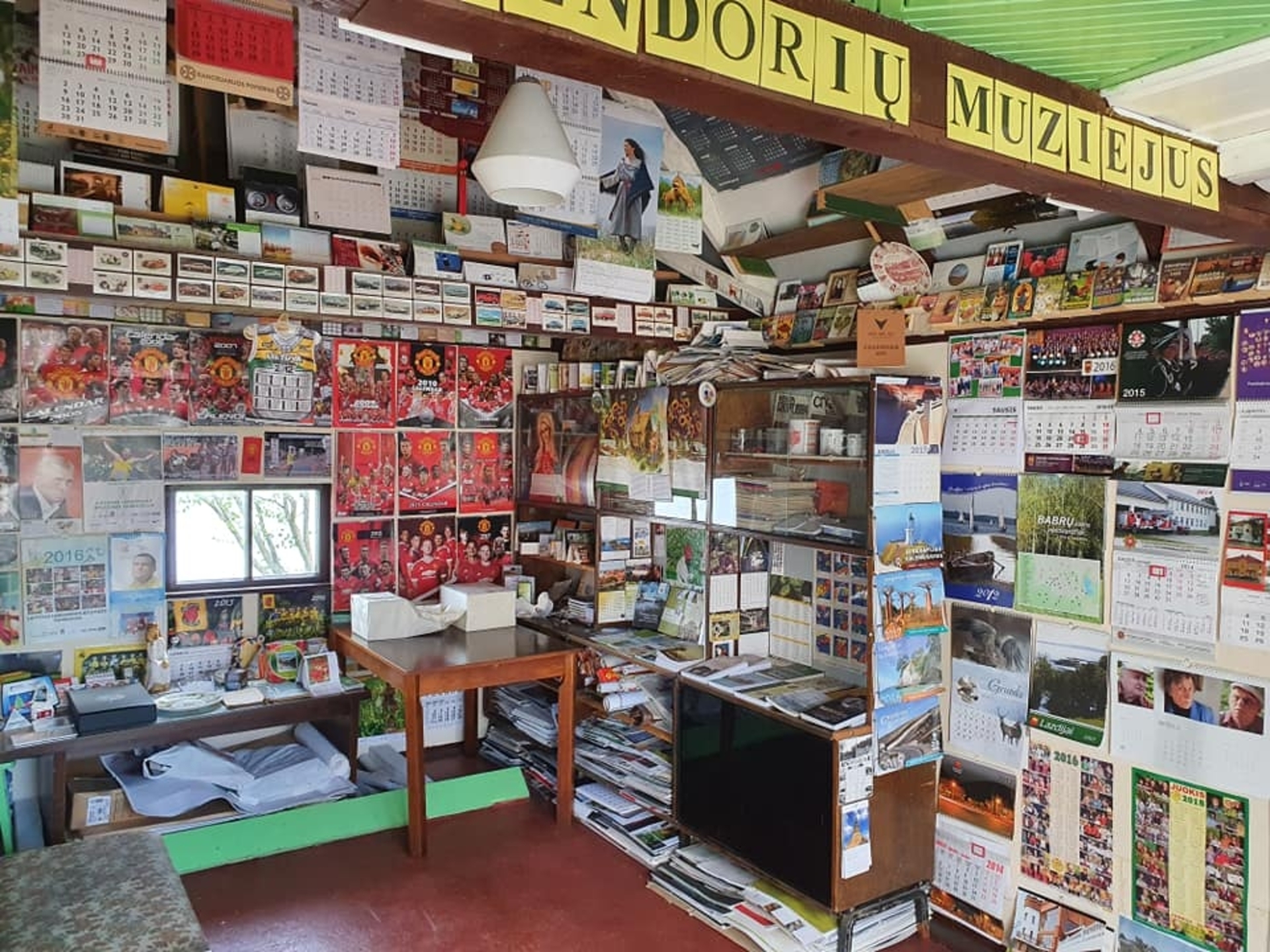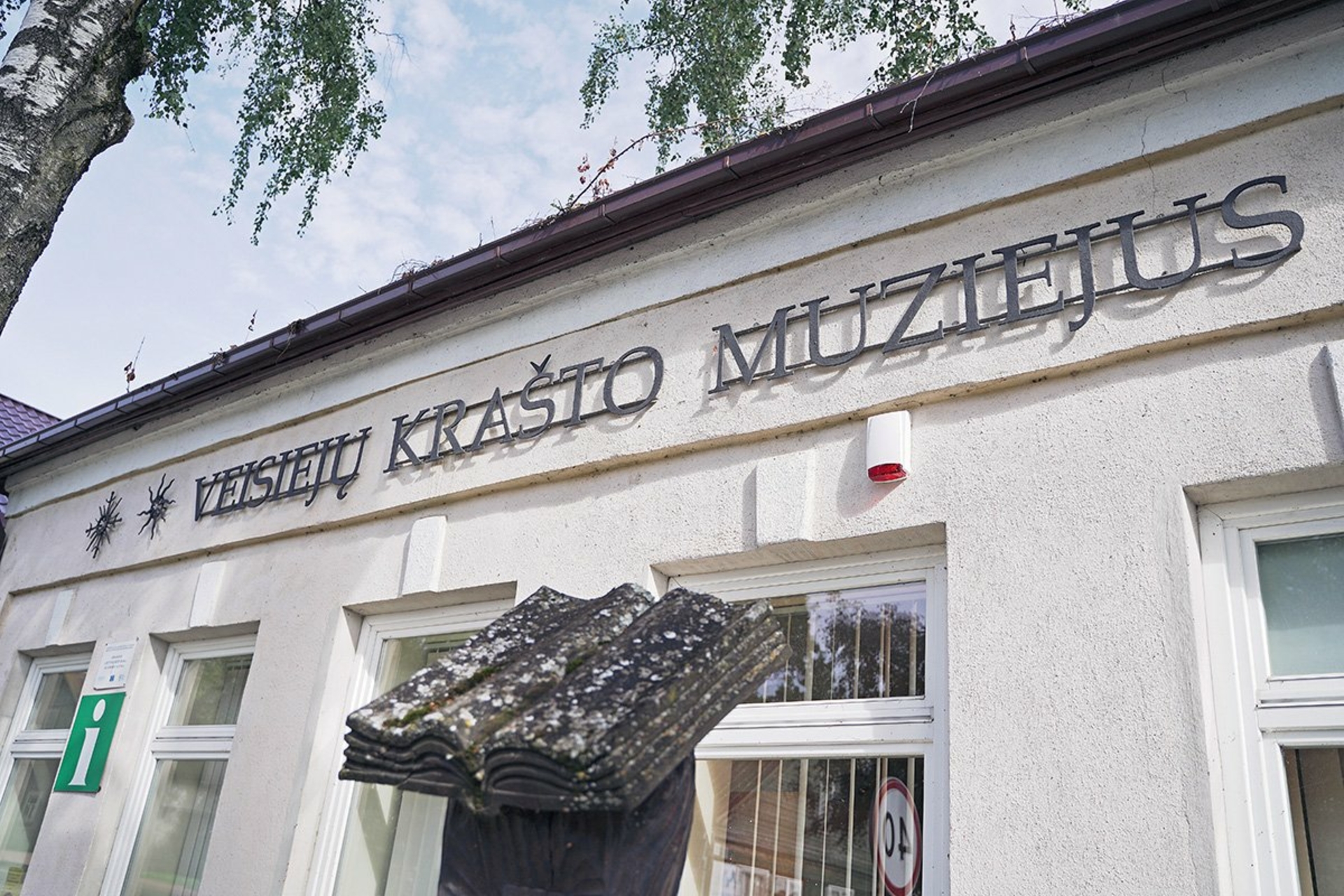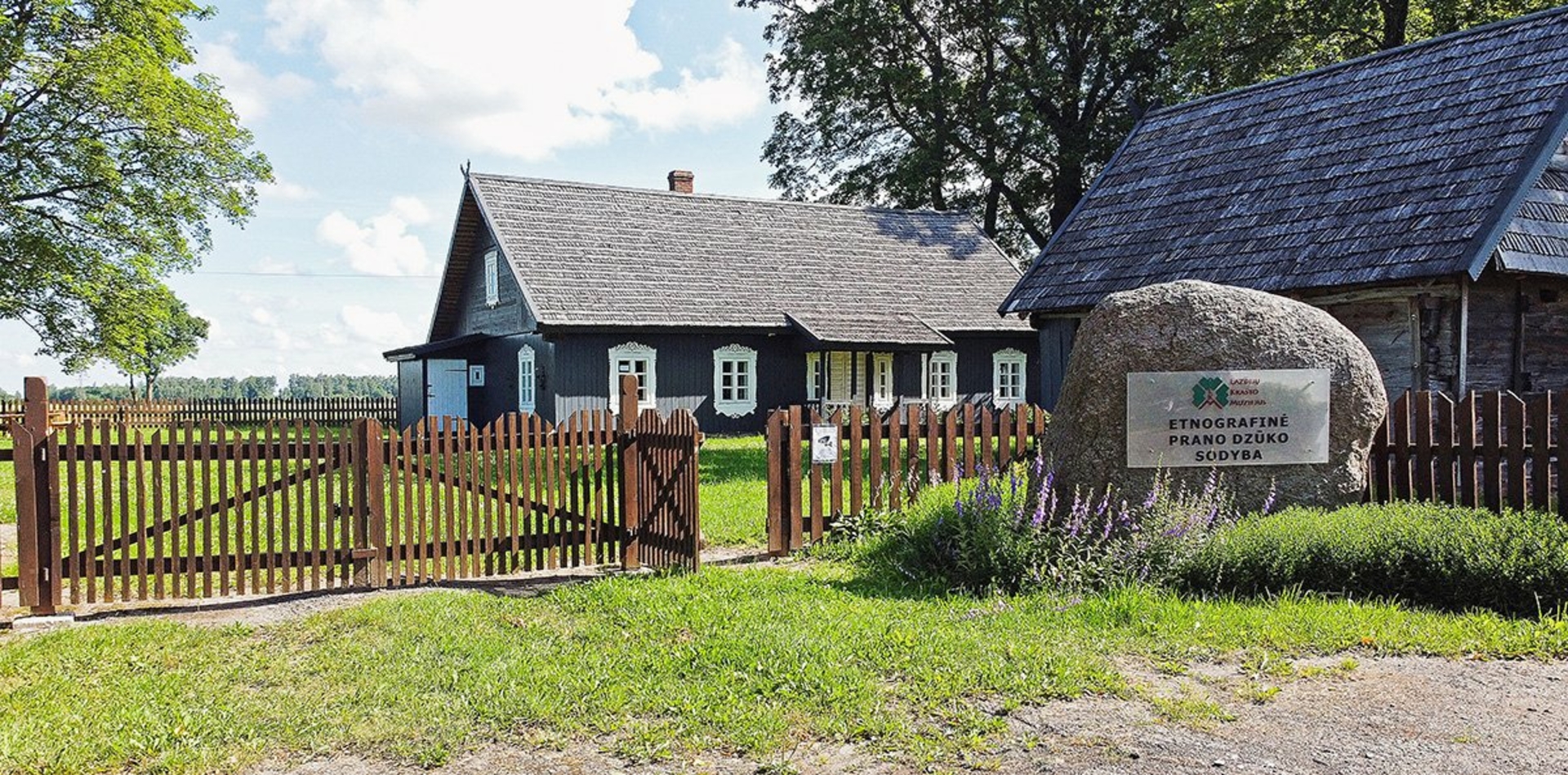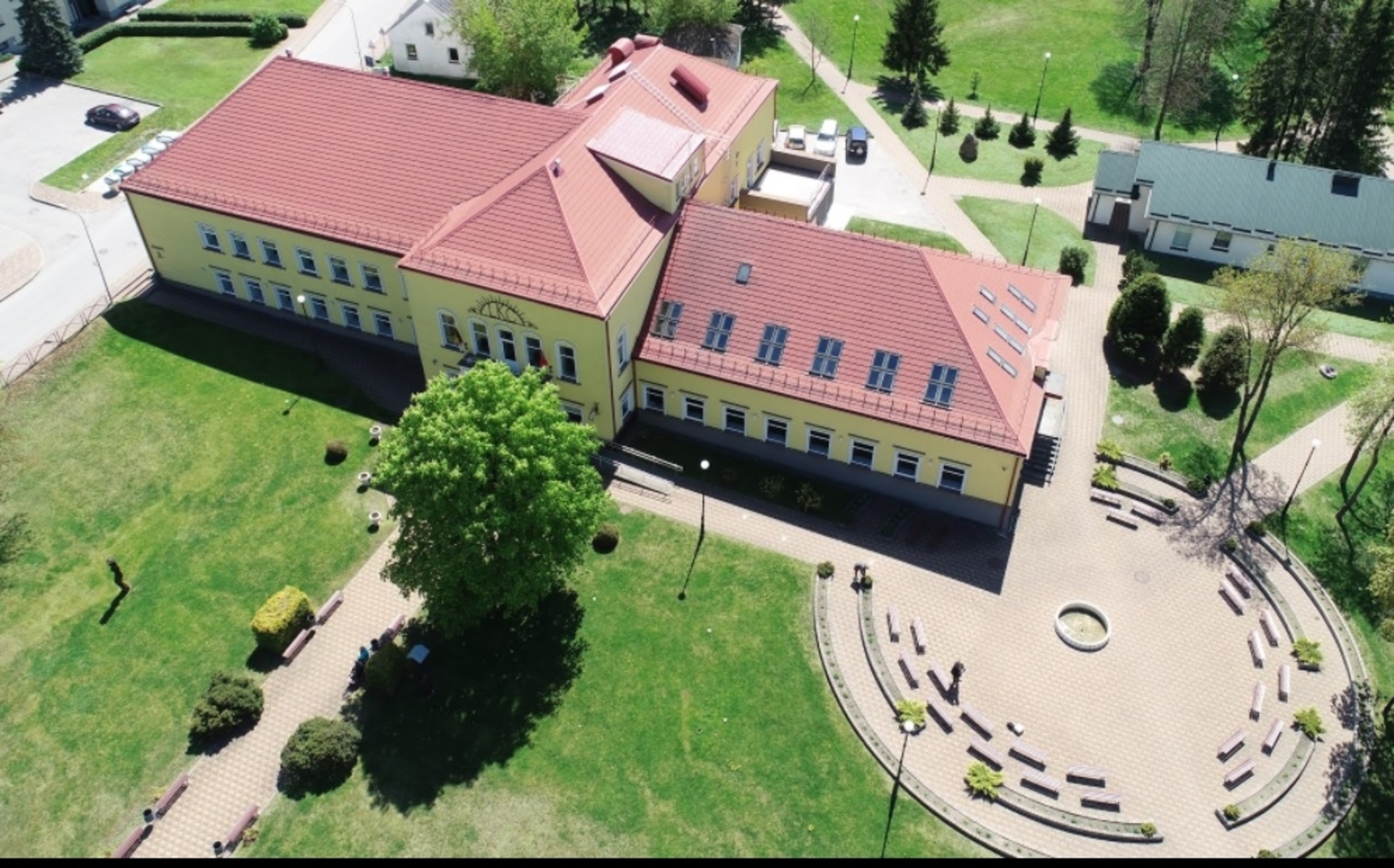Lazdijai Synagogue and Beit Midrash

192

0

0
Lazdijai, located in southern Lithuania, has a rich and fascinating history of its Jewish community. Jewish life in this town began in the late 16th century, but it was only in the mid-19th century that a developed shtetl with a complete Jewish infrastructure emerged. The synagogue, beit midrash, rabbi's house, and Jewish school formed the community's shulḥan (gathering area), becoming the main meeting place in Lazdijai. Here, people gathered not only to pray but also to discuss important business matters or daily news.
Info
-

Religious Heritage
-
Lazdijai
-
Whats new?
Nearby attractions
Nearest museums

 Entertainment
Entertainment
 Food establishments
Food establishments





























 54.232722, 23.518744
54.232722, 23.518744
 Get directions
Get directions








